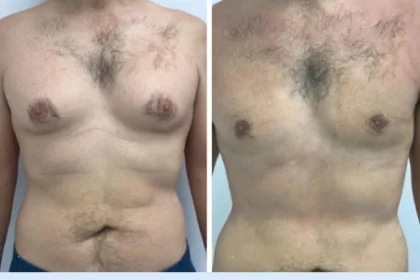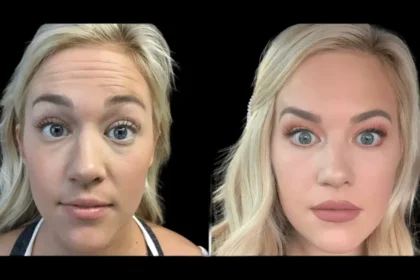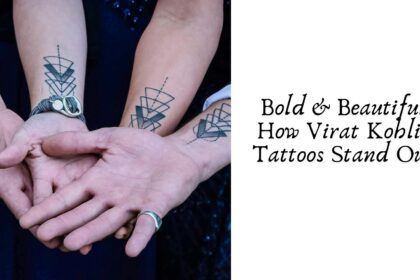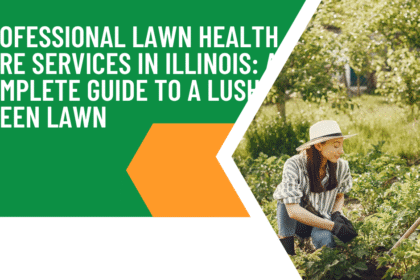Why Eye Protection Matters in Today’s Workplaces
Vision is irreplaceable—and yet thousands of workers risk their eyesight daily without proper eye protection glasses. Whether you’re in manufacturing, healthcare, or even lab research, protecting your eyes should never be an afterthought. According to the American Academy of Ophthalmology, about 2,000 U.S. workers sustain job-related eye injuries each day, and nearly 90% of them could have been prevented with the correct eyewear.
Eye Protection Glasses
Eye protection glasses are specially designed to shield your eyes from hazards like flying debris, chemical splashes, or even harmful UV rays. They’re more than just clear lenses—they’re built tough to withstand impact and offer complete visual security.
But here’s the kicker: not all protective safety glasses are created equal. From wraparound frames to ventilated lenses and prescription-ready designs, today’s safety eyeglasses offer style, comfort, and uncompromising safety.
What Are Work Safety Glasses?
Work safety glasses are protective gear mandated in countless industries. Their goal? Prevent injuries caused by mechanical impacts, chemicals, or optical radiation. While they look like regular glasses, they meet specific safety standards like ANSI Z87.1.
Key Features:
-
High-impact resistant lenses
-
Side shields or wraparound designs
-
Anti-fog and anti-scratch coatings
-
UV protection
They’re commonly used in:
-
Construction
-
Automotive repair
-
Welding
-
Manufacturing
-
Laboratory settings
Types of Protective Safety Glasses for Every Job
You’ll find a vast range of safety eyeglasses, tailored for specific threats:
-
Chemical Splash Goggles – Fully seal around the eyes.
-
Impact-Resistant Glasses – Perfect for flying particles.
-
Welding Goggles – Protect against infrared radiation.
-
Laser Safety Glasses – Block specific wavelengths of light.
-
Bifocal Safety Glasses – Combine protection with reading lens.
Choosing the right type ensures both safety and functionality.
Innovations in Safety Eyeglasses Lenses
Modern protective glasses have evolved way past bulky, foggy frames. Today’s lenses feature:
-
Photochromic Adaptation – Adjusts tint based on light exposure.
-
Anti-fog Coating – Ideal for humid environments.
-
Polarization – Reduces glare for outdoor workers.
-
Blue Light Filtering – Essential for digital device users.
Understanding ANSI Z87.1 and OSHA Compliance
If your safety eyewear isn’t ANSI Z87.1 certified, it’s not cutting it.
ANSI Z87.1 is the gold standard for impact resistance, while OSHA enforces these standards in the workplace. Always look for markings like “Z87” or “Z87+” on your frames and lenses to ensure compliance.
Why Fit and Comfort Matter in Safety Eyeglasses
Here’s the deal: if safety glasses are uncomfortable, workers won’t wear them. Poor fit leads to slipping, fogging, and eye fatigue. Today’s ergonomic frames are:
-
Lightweight and adjustable
-
Padded at the nose bridge
-
Designed for long-term wear
-
Compatible with other PPE (like helmets)
Where Are Protective Safety Glasses Used?
Practically everywhere. From chemical labs to oil rigs, protective eyewear has a place in:
-
Industrial manufacturing
-
Aerospace
-
Healthcare
-
Forestry and logging
-
Laboratories and cleanrooms
Eye Safety in Manufacturing and Construction
Heavy machinery, sparks, dust, and sharp objects—these environments are eye-injury hotspots. Construction professionals swear by full-seal work safety glasses, often paired with face shields.
Eye Protection Glasses for Healthcare Workers
Healthcare staff face unique risks—fluid splashes, biohazards, and lasers in surgery. Protective glasses with wraparound designs are crucial for infection control.
Protective Eyewear in Sterile Environments
Cleanroom-certified glasses must meet both safety and contamination control standards. They are:
-
Anti-static
-
Easy to sterilize
-
Fog-resistant
-
Particle-free
Why Scientists Trust Lab-Grade Safety Eyewear
Chemicals, fumes, and glassware accidents make labs dangerous for unprotected eyes. Safety goggles with indirect venting and impact resistance are non-negotiable in these settings.
Built-in UV Defense in Modern Work Glasses
Long-term UV exposure leads to cataracts and macular degeneration. Safety eyeglasses with 99–100% UV protection safeguard both industrial and outdoor workers.
Can You Get Safety Glasses with Prescription Lenses?
Absolutely! Prescription safety glasses combine vision correction with ANSI-certified protection. They’re available in:
-
Single vision
-
Bifocal
-
Progressive lens styles
Perfect for professionals who don’t want to double up with regular glasses underneath.
Stylish Options for Safety Eyeglasses
Good news—today’s protective glasses don’t scream “workplace gear.” Brands now offer:
-
Sleek metal frames
-
Designer shapes
-
Sporty wraparounds
-
Clear and tinted options
Looking good while staying safe? Yes, please.
Integration of Smart Technology in Work Glasses
Smart safety glasses include features like:
-
Built-in cameras
-
Augmented reality overlays
-
Real-time hazard detection
-
Bluetooth connectivity
Perfect for technicians, remote training, and field documentation.
How to Clean and Maintain Eye Protection Glasses
Neglect maintenance and even the best glasses fail. Use:
-
Microfiber cloths
-
Anti-fog sprays
-
Hard-shell storage cases
-
Mild soap for weekly cleaning
Avoid harsh chemicals—they degrade coatings and lenses.
What Makes a Pair of Protective Glasses Long-Lasting?
Durability comes down to:
-
Polycarbonate lenses
-
Reinforced hinges
-
Scratch resistance
-
Flexible frames
Invest once and they’ll last for years with proper care.
Are Safety Eyeglasses Worth the Investment?
Considering the average eye injury costs $3,000 in medical expenses and lost productivity? Yes, they’re more than worth it.
Common Myths About Work Safety Glasses
-
“They’re uncomfortable.” Not anymore—new designs focus on ergonomics.
-
“Regular glasses are enough.” They’re not impact-rated.
-
“They fog too easily.” Anti-fog coatings fix that.
Promoting the Use of Eye Protection at Work
Culture matters. Train workers, offer incentives, and lead by example. Display posters and conduct safety audits.
What Companies Should Provide to Workers
Employers must:
-
Conduct hazard assessments
-
Offer ANSI-approved eyewear
-
Train employees in PPE usage
-
Replace worn-out gear regularly
Barriers to Adoption of Safety Glasses
Top reasons include:
-
Poor comfort
-
Lack of availability
-
No enforcement
-
Misunderstanding of risk
Fixing these improves compliance.
Real-Life Incidents Prevented by Protective Eyewear
A machinist avoided permanent blindness when a shard ricocheted off his Z87+ glasses. Real people, real lives—saved by simple PPE.
How to Choose the Right Eye Protection for You
-
Identify workplace hazards
-
Choose the correct lens type
-
Ensure ANSI certification
-
Consider prescription needs
-
Test for fit and comfort
Frequently Asked Questions
What’s the difference between safety glasses and regular glasses?
Safety glasses are impact-rated and meet ANSI standards; regular ones aren’t built to withstand workplace hazards.
Do safety glasses protect against UV rays?
Yes, most high-quality protective lenses block 99–100% of harmful UV light.
Can you wear safety glasses over prescription glasses?
Yes, you can use over-the-glasses (OTG) safety eyewear, though prescription options are more comfortable.
Are safety eyeglasses required by law?
OSHA mandates them in hazardous environments. Employers must enforce compliance.
How long do protective safety glasses last?
With proper care, up to 2–3 years, depending on use and environment.
What makes protective eyewear ANSI Z87.1 certified?
It must pass stringent impact and chemical resistance tests outlined by ANSI.
Wrapping It Up: Your Eyes Deserve the Best
Eye injuries at work are preventable, and the solution starts with one simple step—putting on the right pair of eye protection glasses. Whether it’s through innovative work safety glasses, resilient protective safety glasses, or prescription-ready safety eyeglasses, today’s options cater to every job and individual. Stay safe, look good, and protect your vision—because you only get one pair of eyes.





